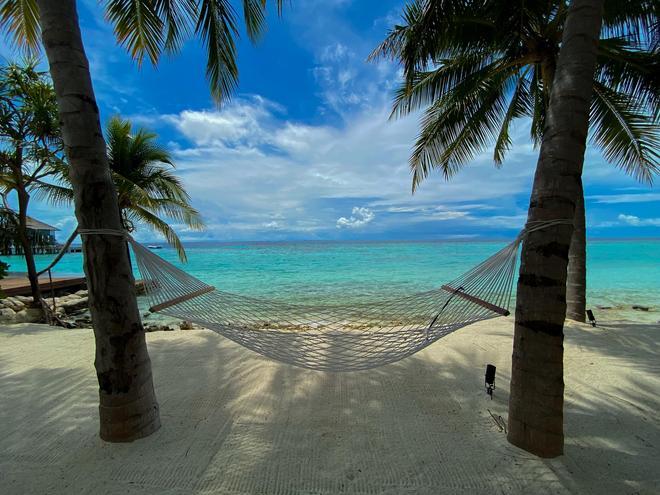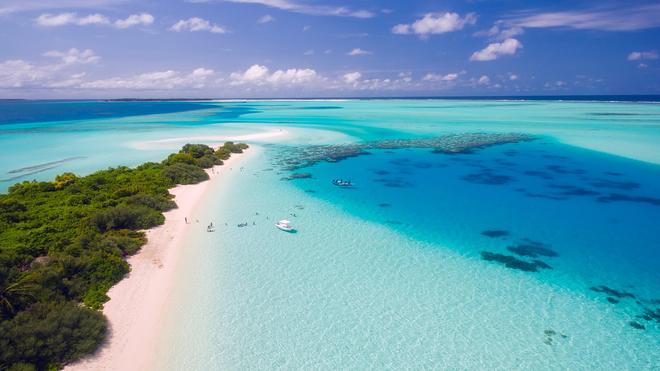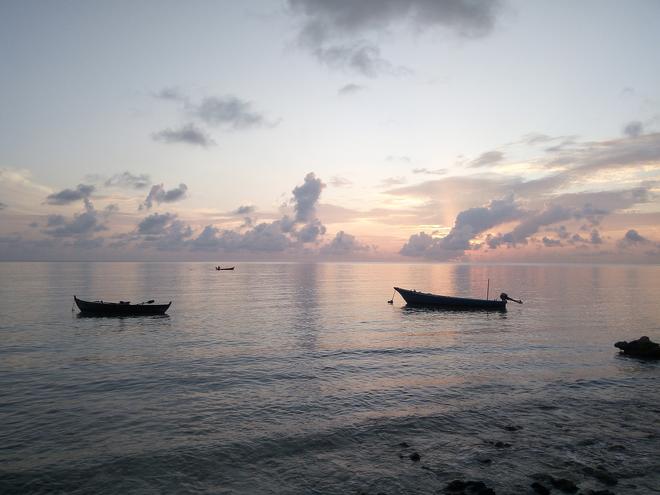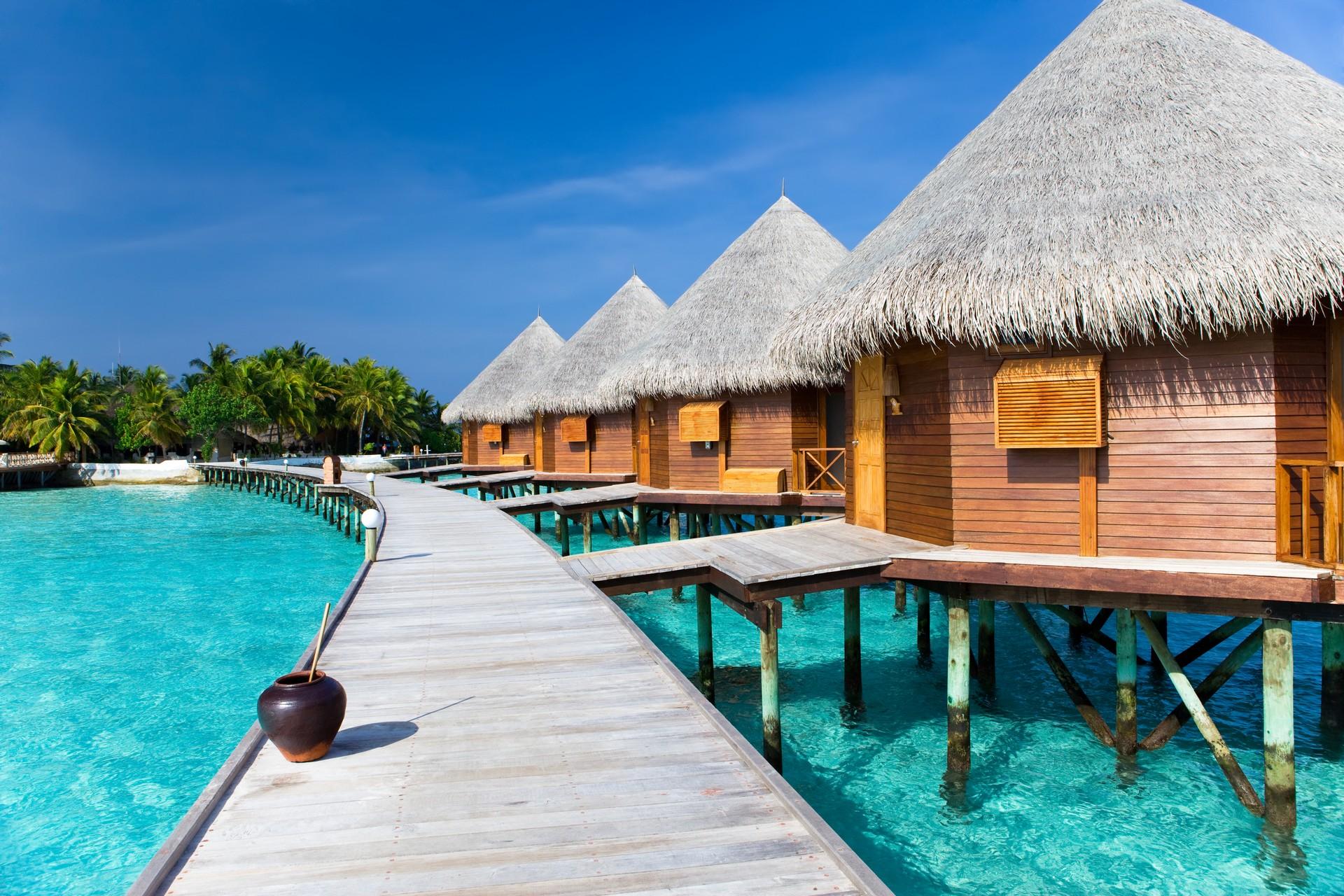The Maldives is one of the most romantic archipelagos in the world, thanks to its beautiful beaches. The Maldives, the name alone evokes the beauty of the sea, beaches, and is for many a dream holiday. And for those who have visited this destination, even repeatedly, know, there is always something new to experience. On top of that, it is possible to see a unique natural phenomenon known as the "sea of stars".
A romantic archipelago with a mystical location
Can you imagine how there can be twinkling little stars in the sea? How is that possible, you ask yourself? You can see for yourself if you visit the Maldives, which offers not only small but in this case also big wonders.
The view of the sea filled with tiny stars is attractive for those of a romantic nature who like to watch the stars in the sky, and it is something unprecedented here, when it is possible to watch the stars in the sea. Here you also have the advantage of not having a sore neck, as you might when enjoying the sight of stars in the sky. Equally, this unique natural phenomenon is quite a remarkable attraction for those who simply want to see something that seems almost like fiction.

An island in the Maldives dazzles with a sea of stars
To see this unique and quite unusual fascinating spectacle, you need to go to one of the islands in the Maldives, specifically to see this star show on the islet of Vaadhoo. Vaadhoo Island is part of the Raa Atoll, an archipelago of the Maldives that is considered to be a kind of paradise on earth. The island is only known for its mosque dating back to the 17th century. However, the smaller it is in size, the more interesting it is for what it offers, i.e. a sea of stars.
For this unusual spectacle, you have to go to the beaches of the aforementioned island and you have to do so after dark.
A beach that turns into a mystical place
During the day, this is a beach that does not attract any attention. Just a beach like any other here in the Maldives. After dark, it transforms like the wave of a magic wand or a magic wand into a mystical place that can be a little scary for some. It seems almost unbelievable that this is only a work of nature.

As you walk around, you'll find that the sea really does look like a sky littered with shining stars. It's as if it's an imprint of stars from the sky. It's not even a reflection. It's really Mother Nature's creation. How is that possible? Why is it that the result is an absolutely breathtaking visual illusion that makes you feel like you are in another world, just like in a fairy tale.
Bioluminesce of phytoplankton
The explanation is quite simple. As happens behind most major mysteries there is an easy explanation. The small stars in the sea are formed by phytoplankton, or marine plankton, which have the ability to bioluminesce. Organisms with this ability emit a bright blue light. This is cold light, meaning that there is almost no release of heat energy.
In addition to plankton, some fish species also have the ability to bioluminesce, for which luminescence is a way of communicating with each other. Yes, some beetles, such as fireflies, but also some species of jellyfish, can also luminesce.
So how does bioluminescene come about?
To give you a better idea, here is an explanation. By moving in the water, plankton send electrical signals around their proton-filled bodies, these electrical impulses automatically trigger proton ion channels, which thus respond to the electrical voltage and flow into the flashing units inside their bodies. As the pH in the cytoplasm changes, it creates a series of chemical processes that activate enzymes called luciferases. And as soon as the luciferase comes into contact with the air, a blue neon light is produced.

Watch out for the right direction of travel
In conclusion, it should be mentioned that there are several islands called Vaadhoo in the Maldives and they are sometimes confused not only by travel magazines, but also by travel companies and travel agencies. Be careful not to find yourself on the wrong one and thus vainly awaiting the spectacle!

